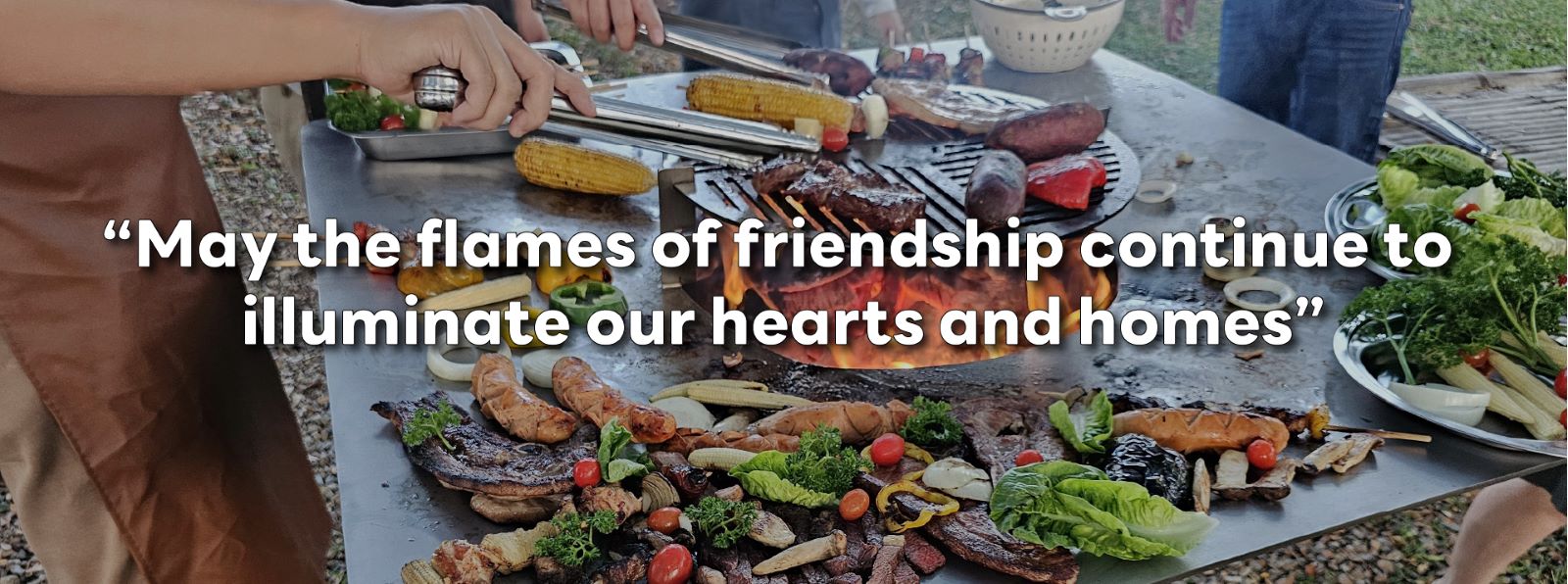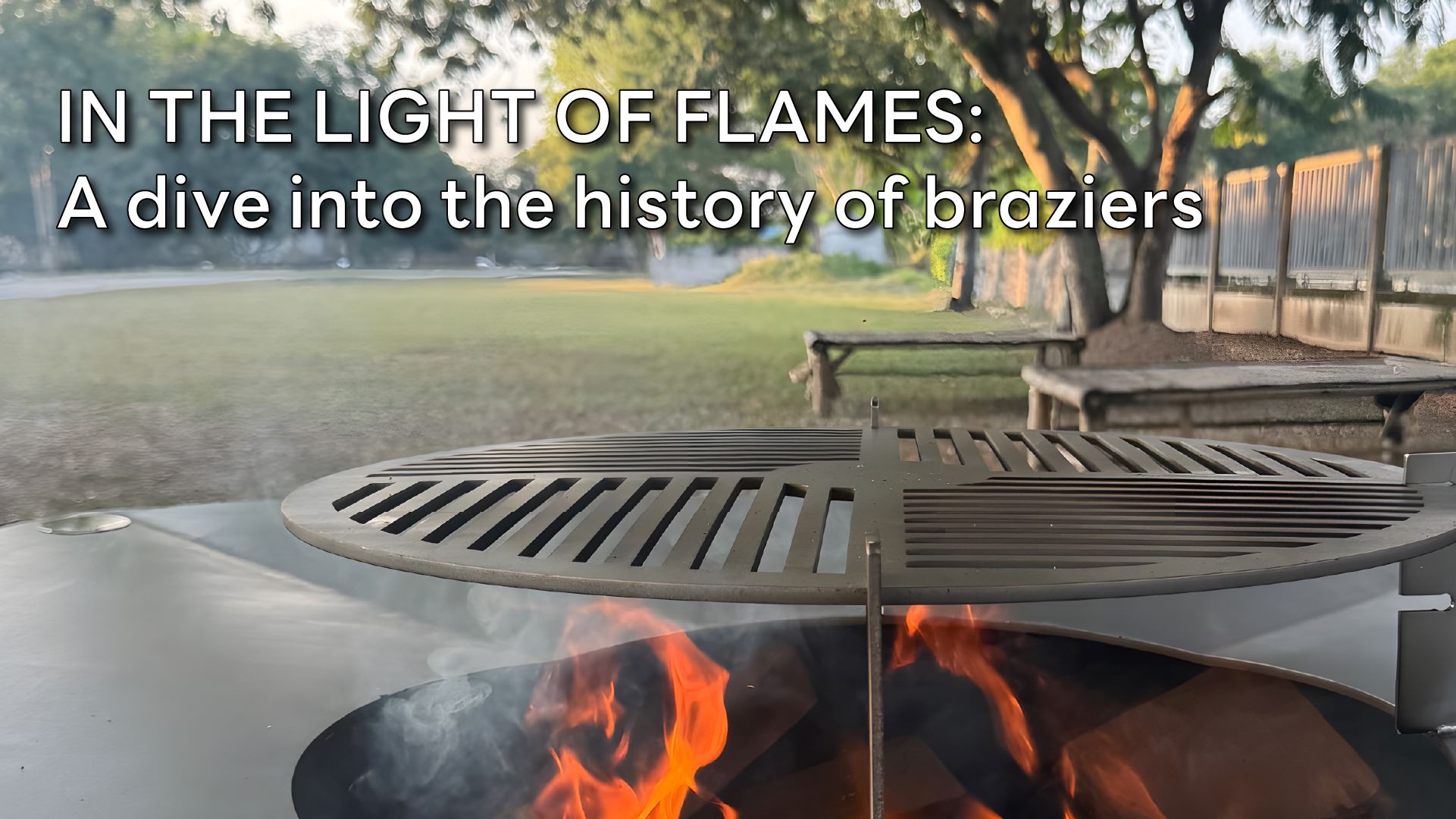
Welcome to this journey into the heart of the history of braziers, these timeless symbols of conviviality that have traversed the ages, from ancient civilizations to modern households. In this blog, we will explore the evolution of braziers, their cultural significance, and their place in our lives today.
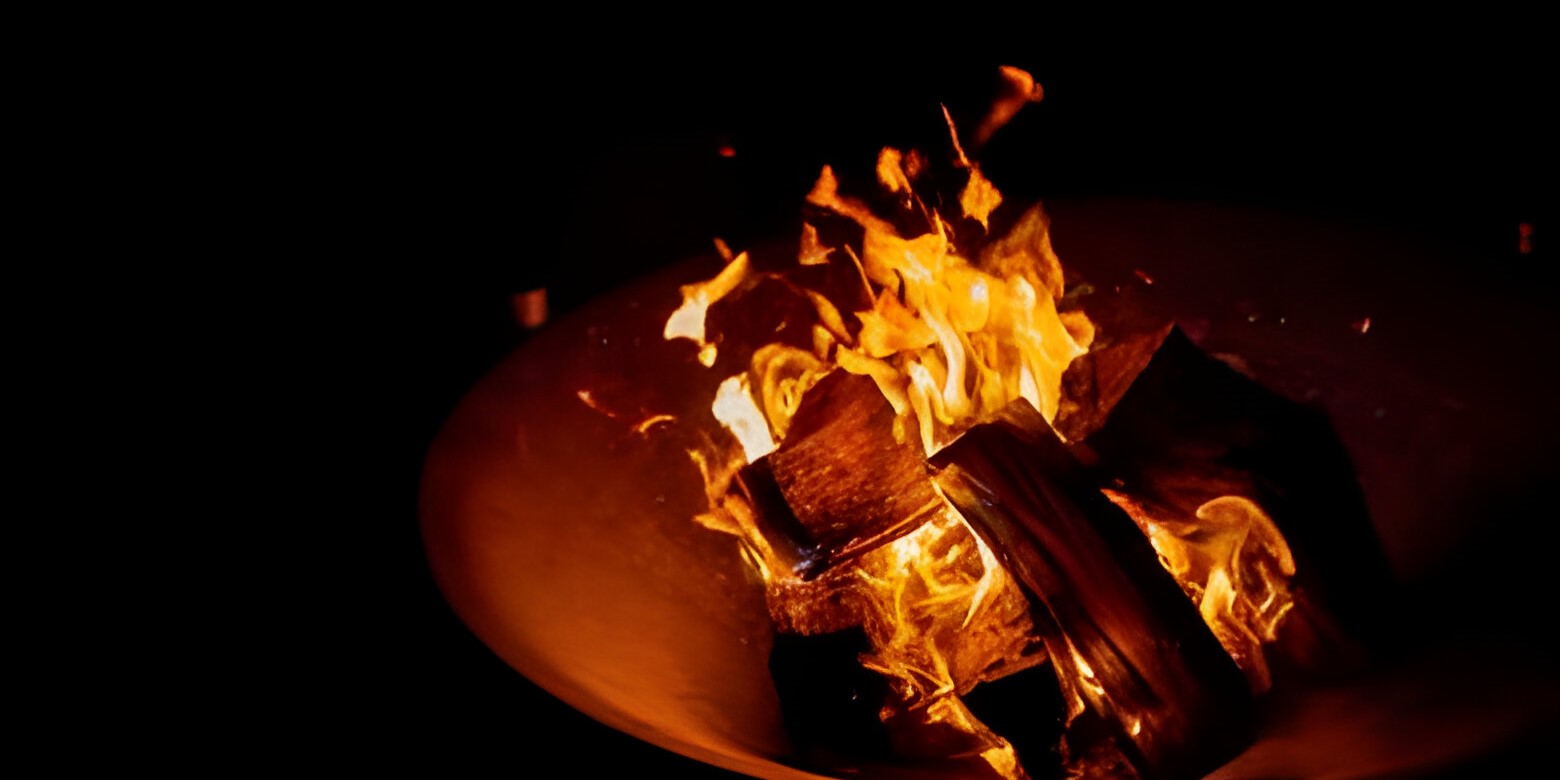
A brazier is a heating and cooking device used outdoors. Braziers have a rich history, dating back millennia. In ancient civilizations, braziers were often at the heart of community gatherings, offering warmth, light, and a place to come together and share stories. In bygone households, braziers were also central elements of the kitchen, used for cooking food and providing warmth during long winters. For instance, the Romans used braziers called “foculus” for cooking and heating.

Heating Innovations in Ancient Times: From Hypocausts to Braziers
In ancient Greek and Roman times, the brazier was a metal container on a tripod, filled with glowing embers. While the wealthiest enjoyed central heating (hypocaust) composed of an underground void, the majority of the population heated themselves using braziers placed in living rooms: in Roman insulae, braziers were found on each floor, leading to numerous fires.
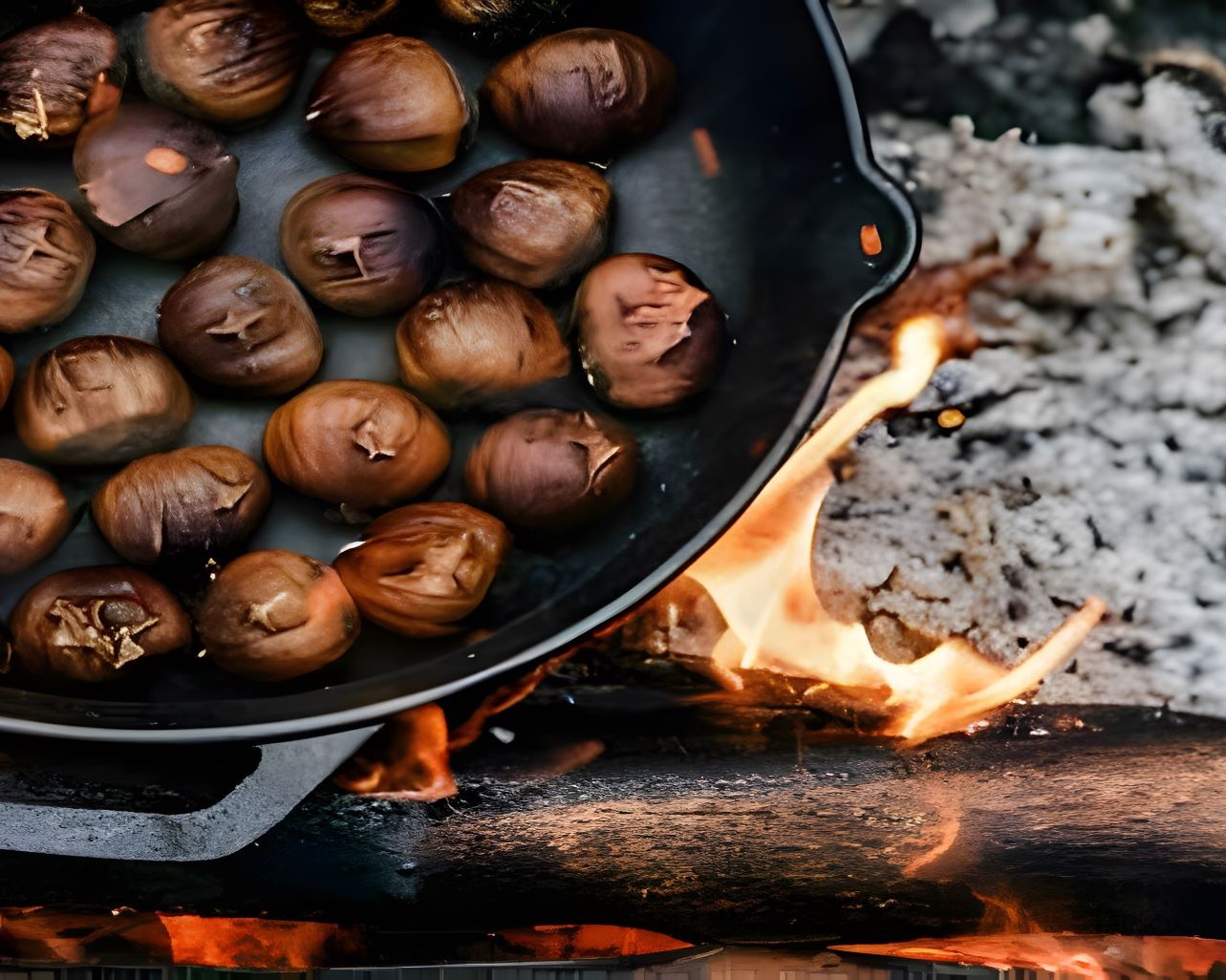
The Enduring Appeal of Braziers: Timeless Warmth, Charm, and Culinary Delights
Today, braziers continue to occupy a special place in our lives. Although modern heating technologies have emerged, many households choose to install braziers for their warm atmosphere, timeless charm, and the multiple cooking possibilities they offer. Whether in gardens for evenings with friends or on terraces, braziers remain faithful companions, in summer as in winter. In winter, it is quite common to come across braziers intended for roasting chestnuts (whether in the street or during festivals such as the chestnut festival in Spain).
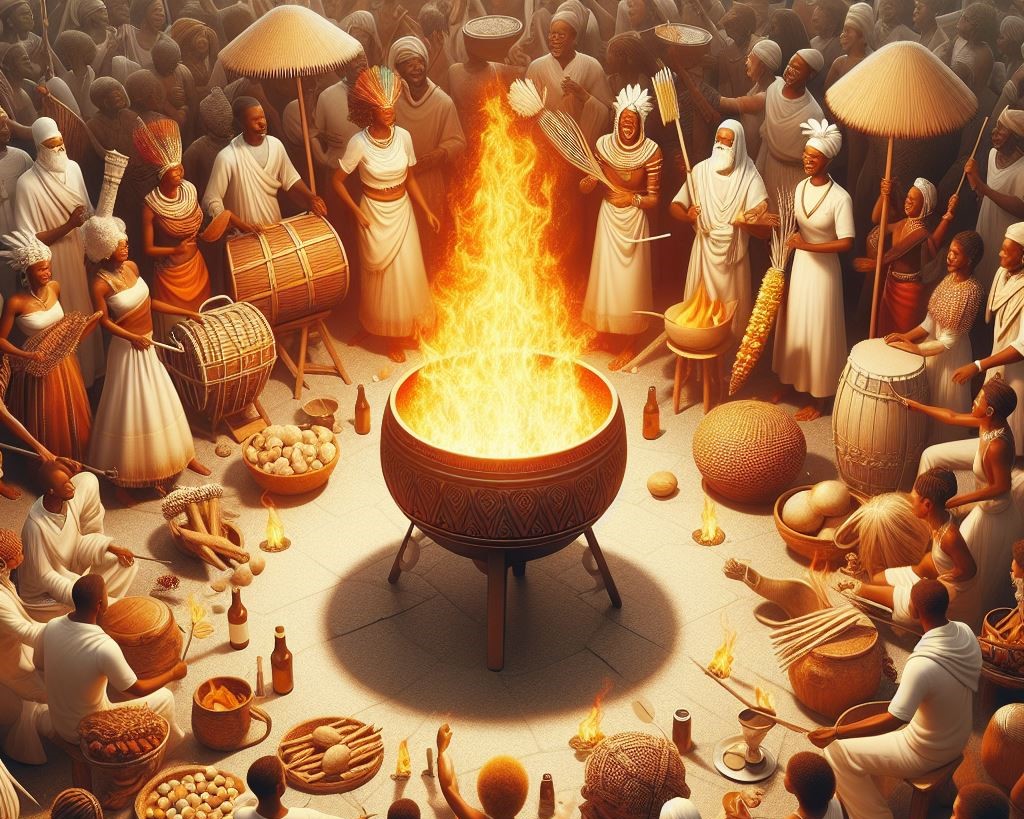
Braziers: Uniting Cultures Through Tradition and Celebratio
Over the centuries, braziers have become symbols of conviviality and gathering. In cultures worldwide, they are associated with social and family traditions. From South America to Africa, through Asia and Europe, braziers have always played an important role in celebrations, rituals, and moments of sharing.
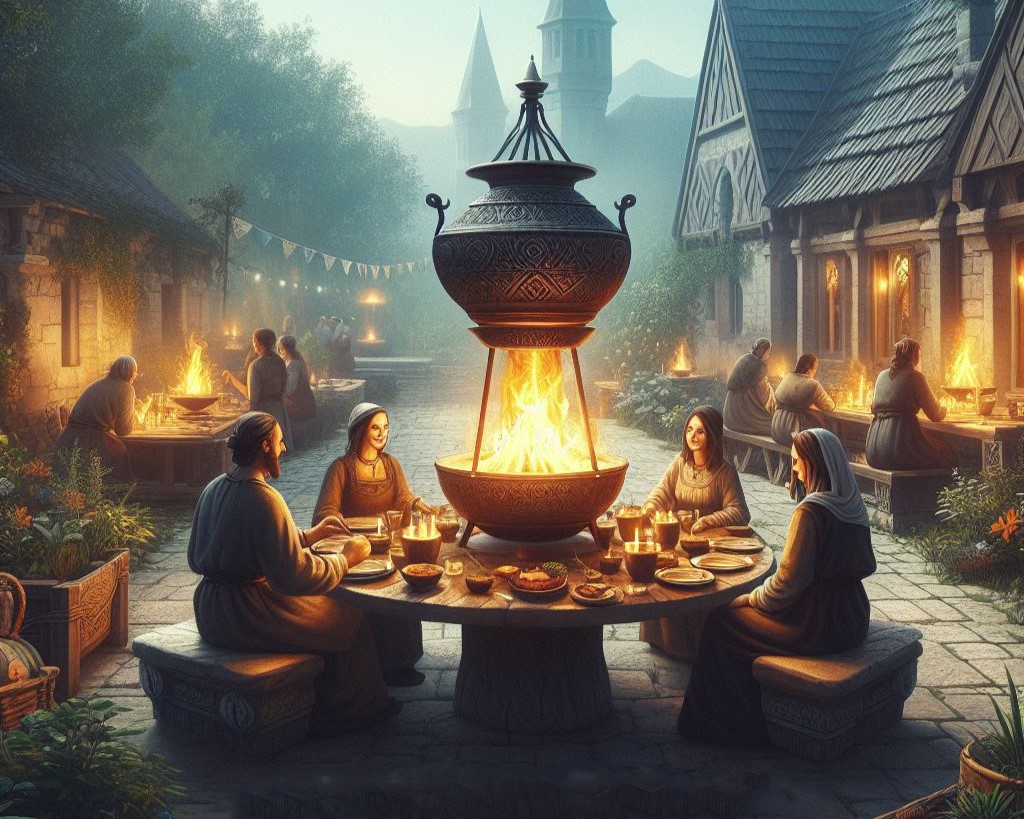
From Ancient Origins to Modern Gatherings: The Timeless Legacy of Braziers
Braziers have come a long way since their modest beginnings in ancient times. A history of feasts, light, and conviviality that transcends cultural and temporal boundaries. Today, as we gather around these flames in our gardens and homes, we perpetuate an ancient tradition that continues to comfort and unite us.
